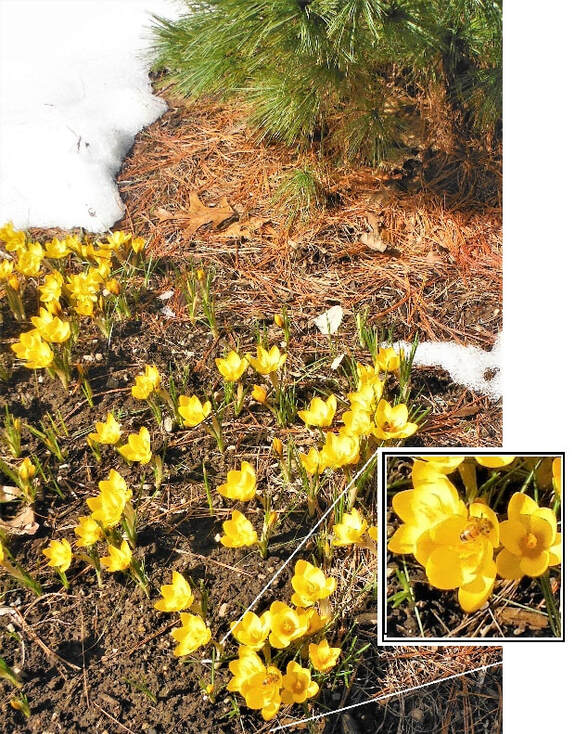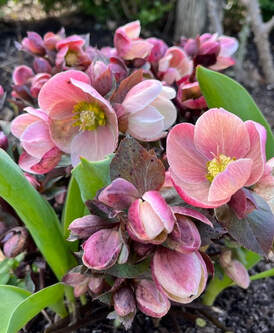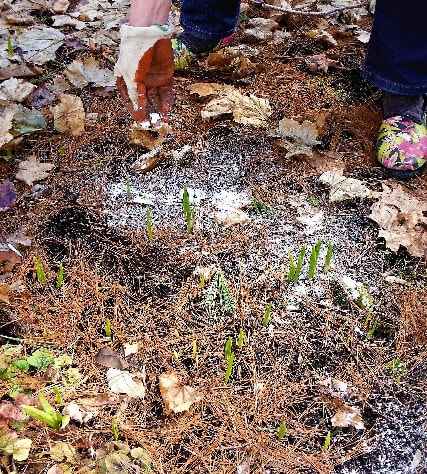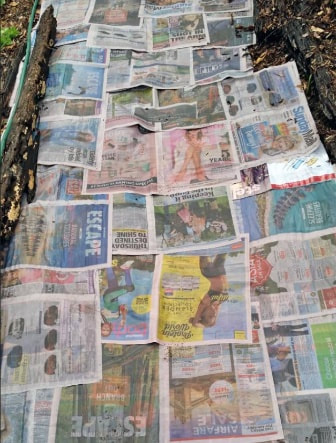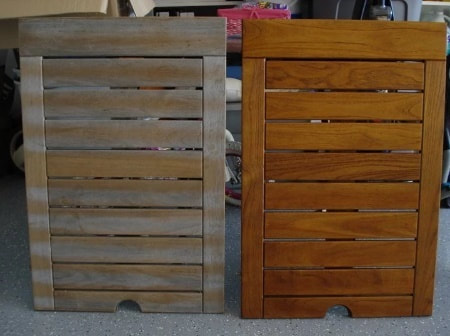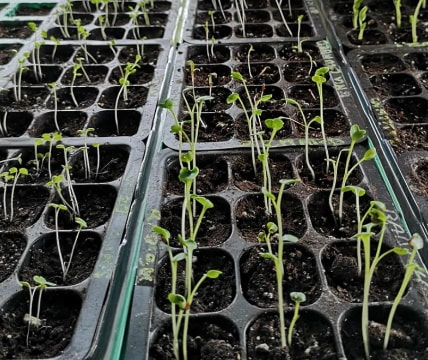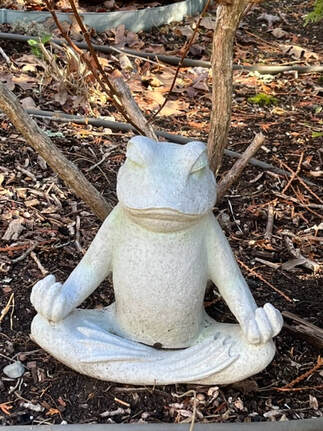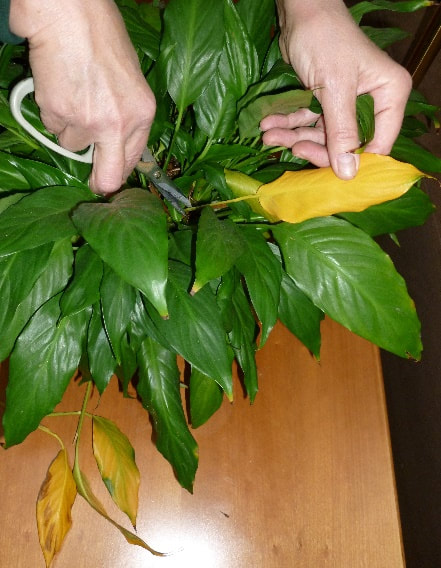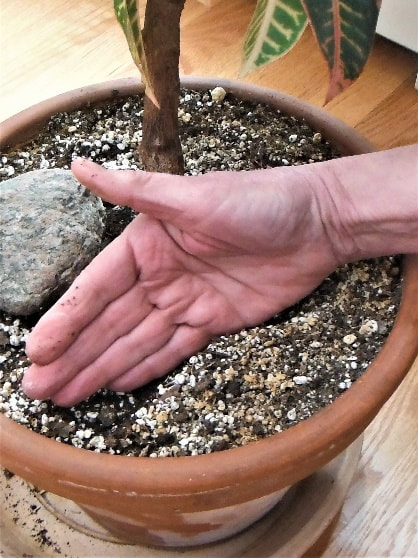Horticultural Hints For March
Spring is almost here!
|
Crocuses are one of the first tangible signs of spring. But if you think they're just for our visual enjoyment, look more closely: these crocuses have already attracted dozens of native bees!
Take a walk around your yard (staying off muddy ground) and enjoy the early flowers. Witch hazels (Hamamelis) are in bloom and cornelian dogwood (Cornus mas) are close behind. Look for hellebore blooms to put in an appearance along with the early bulbs such as snowdrops, Siberian squills and crocus. Don’t have any planted bulbs or early shrubs? Make notes on where they would look great (and where the snow melts more quickly), take photos of the best sites, and tag them so you don't forget where to plant this autumn for the spring of 2025. |
|
When your spring bulbs appear...
sprinkle a small amount of organic fertilizer and lime around - not on - the new greens. This will wash into the soil with spring rains and help the bulb get ready for next year’s flowers. This year’s flower is already in the bulb, waiting for the right weather to appear. An application of organic mulch around the foliage will keep weeds down around the bulbs and add organic to the soil later. If you planted your bulbs among perennials, (good for hiding the bulb foliage as it dies) do not mulch until the perennials are up. Save those Amazon boxes, grocery store paper bags, and newspapers. They'll help eliminate weeding, and they'll compost back to their component cellulose.
Do you have early-season weeds popping up in your vegetable or flower garden? Spread newspapers or cardboard (not shiny or glossy paper!) over your bed now and weigh down with rocks. Remove the material when the soil has warmed enough to start planting, and you will have eliminated weeding those beds from your spring chores. |
There is more to gardening than plants.
Use these cold and wet days to spruce up outdoor furniture—sand and refinish wood, remove rust and repaint metal. If your refurbishing work cries out for new fabric for the cushions, you’ll be glad you did it when you are ready to use them in the warm months. Read the seed packages before starting vegetables indoors. Leggy seedlings will require more work on your part when transplanted to the garden.
The ground may still be frozen, but planning your 2024 garden should be well underway. If your flower and vegetable seed order hasn’t been sent in, do it quickly. When they arrive, check seeds packets for advice on when to start each variety of seed. Starting them too early often leads to leggy or weak seedlings from having spent too long waiting indoors for warm weather to arrive. Use only sterile soil mixes to prevent damping off (fungal growth) on seedlings. |
With more sunlight coming in the windows, your houseplants should be waking up.
If you haven’t already, begin fertilizing lightly to feed the new growth. Don’t forget to keep the humidity up with misting or pebble trays—our homes remain very dry as long as the heating systems are on. Trim off any ragged or weary leaves – the plant will look better immediately and the new leaves will have room and light to grow. Time to repot houseplants...
especially if you did not do so last fall. Remove any soil with salt build-up (the crusty stuff on top) and some of the old soil from around the roots. The pot should be only 1-2 inches larger than the current pot, clean, and with good drainage. Most houseplants are happy with commercial or homemade potting mix if you are a do-it-your-selfer (Google ‘Cornell potting mix’). Be certain to add sand to any mix when transplanting succulents or cacti and use small bark chunks for orchid pots. Once securely in the new home, water them with a dilute fertilizer solution to help them settle in and get off to a growing start. |
Horticultural Hints are written and created by Betty Sanders. For more horticultural suggestions throughout the year, please visit www.BettyOnGardening.com

